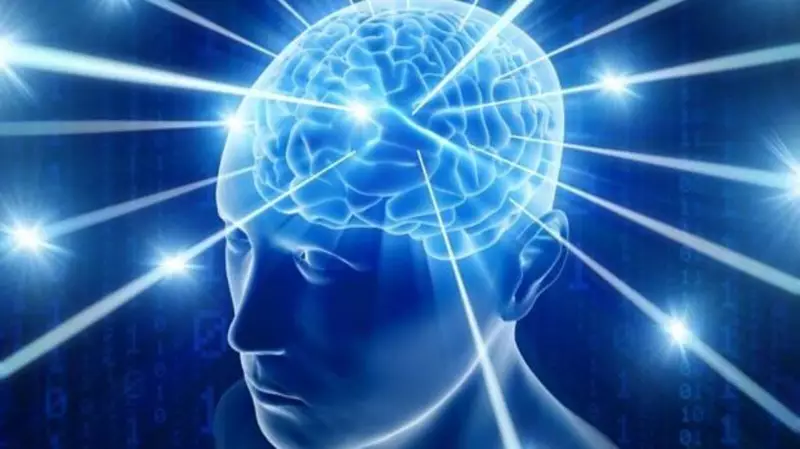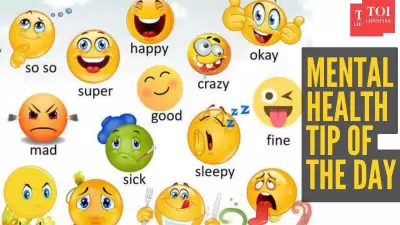
When a stroke strikes, every second counts. Recognizing the warning signs quickly can mean the difference between life and death, or between full recovery and permanent disability. A leading neurologist has identified the six most common stroke symptoms that everyone should memorize.
The FAST Method: Your First Line of Defense
The FAST acronym provides a simple, memorable way to identify stroke symptoms. This method has proven effective in helping bystanders recognize when someone is having a stroke and take immediate action.
F - Face Drooping
One side of the face may droop or feel numb. Ask the person to smile – if their smile appears uneven or lopsided, this could indicate a stroke.
A - Arm Weakness
One arm may become weak or numb. When asked to raise both arms, one arm may drift downward or the person may be unable to lift it at all.
S - Speech Difficulty
Speech may become slurred, strange, or difficult to understand. The person might struggle to repeat a simple sentence correctly.
T - Time to Call Emergency Services
If you observe any of these symptoms, even if they disappear, call emergency medical services immediately. Note the time when symptoms first appeared, as this is crucial information for medical teams.
Beyond FAST: Additional Critical Warning Signs
While the FAST method covers the most common symptoms, neurologists emphasize two additional signs that frequently accompany strokes:
Sudden Vision Problems
Vision may suddenly become blurred or blackened in one or both eyes, or the person may experience double vision. This visual disturbance occurs without warning and can be quite dramatic.
Severe Headache and Dizziness
A sudden, severe headache with no known cause, often described as "the worst headache of my life," can signal a stroke. This may be accompanied by dizziness, loss of balance, or coordination problems.
Why Immediate Action Matters
Time is brain tissue when it comes to stroke treatment. For every minute that a stroke goes untreated, the brain loses approximately 1.9 million neurons. Early intervention can significantly reduce brain damage and improve recovery outcomes.
Remember that stroke symptoms can vary between individuals, and not everyone experiences all symptoms. Some warning signs may be subtle or come and go. When in doubt, always err on the side of caution and seek immediate medical attention.
Sharing this knowledge with family, friends, and colleagues could potentially help save a life. Stroke doesn't discriminate by age or health status – being prepared is your best defense.





